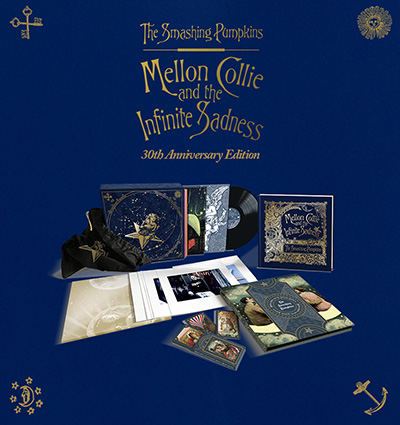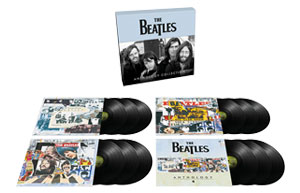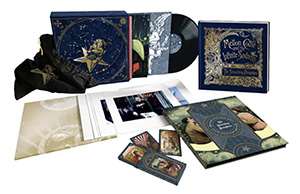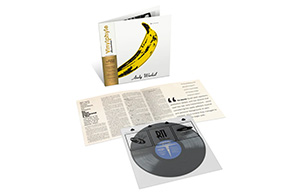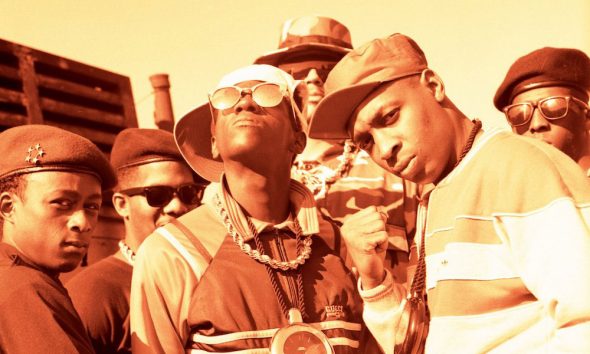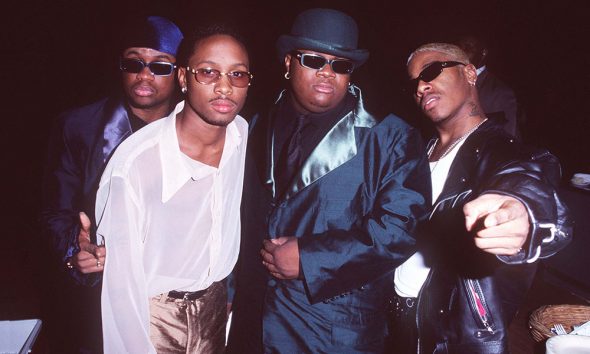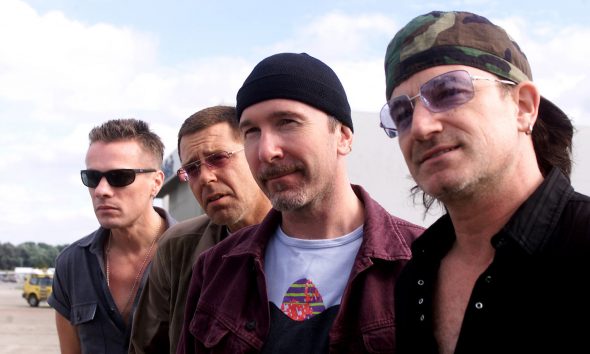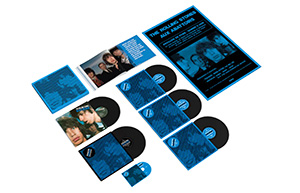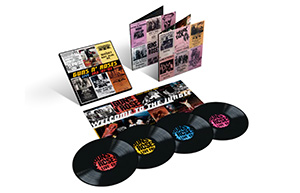The Cranberries Share ‘Zombie’ Vevo Footnotes Featurette
The video takes fans behind the scenes of the video for the Irish alt-rock band’s iconic protest song.
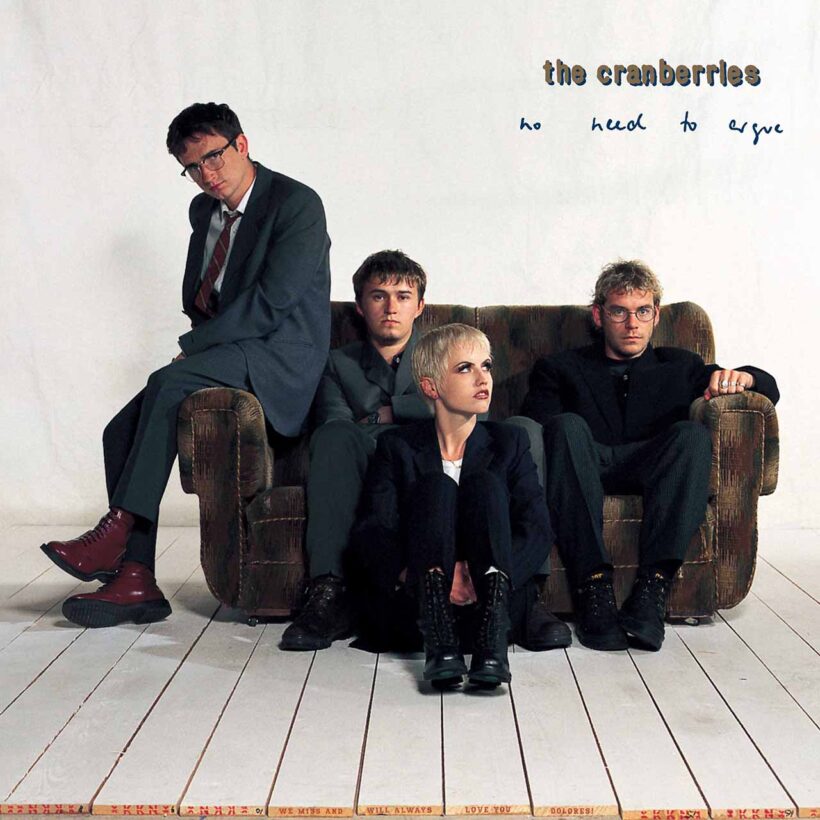
“Zombie” was one of the biggest hits of the Cranberries’ career, a protest song with a legacy that lingers. A new Vevo Footnotes featurette takes fans behind the scenes of the iconic song’s music video.
With “Zombie,” the lead single from their 1994 sophomore album No Need To Argue, the Cranberries responded to the political turmoil known as the Troubles by infusing their jangly indie-pop sound with heavy grunge guitars and turning loose singer Dolores O’Riordan’s formidable voice on the chorus. “I was provoked to write the song because I was unhappy with the fact that innocent people were being killed,” O’Riordan told VH1 at the time, a quote that appears in the Vevo Footnotes clip. “There’s a lot more pain and anger in the second album,” she continued.
In a separate quote from the new featurette, guitarist Noel Hogan credits the more intense, distorted sound to the impact of touring. “We got a lot heavier live,” Hogan explained. “It was kind of a natural progression.”
For the “Zombie” video, the Cranberries teamed with director Samuel Bayer, who had already played a part in unforgettable videos for Nirvana’s “Smells Like Teen Spirit” and Blind Melon’s “No Rain.” Bayer and his crew captured footage on the streets of Belfast, surveying both Catholic and Protestant neighborhoods and the occupying British military forces. In one memorable scene from the video, a British soldier pointed his gun at the camera; as a factoid from Bayer reveals, the soldier softened upon learning the director was filming a Cranberries video, but ultimately sent Bayer packing.
The video was a hit on MTV, but “Zombie” also proliferated across the American airwaves in strictly audio form. “We’ve been told that it’s the most played song ever on alternative radio in the history of America,” O’Riordan told the LA Times at the end of 1994. Bassist Mike Hogan summed up the legacy of the song and its visuals: “I can still remember making such a great video and seeing the impact that it had — and still does — on people.”

